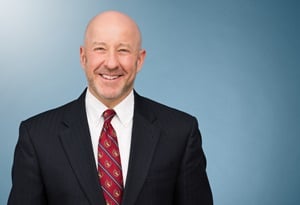Smart Medical Devices Open New Treatment and Litigation Doors While Confirming Age-Old Balancing Acts
Faegre Drinker on Products Blog
Telemedicine and telehealth have significantly reshaped how consumers access health care services. Even before the COVID-19 pandemic, online portals were jockeying to replace visits to primary care providers and urgent care clinics for minor illnesses or simple-to-prescribe medications. The last two years shifted that race into high gear, particularly with new products and platforms being introduced that range from virtual clinic platforms that allow patients—and their programmable implanted medical devices—to connect with their providers from the comfort of their own homes, to passive smart devices that remotely monitor patient vital signs, analyze that data using proprietary algorithms, and evaluate whether a patient is having a medical emergency or needs to schedule an appointment with their provider. These technologies are now so ubiquitous that they are being showcased at the 2022 Consumer Electronics Show.
To be sure, regulatory changes in response to the COVID-19 pandemic made telemedicine more permissible—and reimbursable—than in the past. But that alone is not driving medical device companies forward. Instead, medical device manufacturers are rapidly developing smart or algorithm-driven medical devices that take advantage of the ever-increasing power of those technologies and leveraging telemedicine to make the remote treatment and management of medical conditions less complicated. A recent article in Nature’s npj Digital Medicine confirmed the growth in this area, counting 64 separate smart- or algorithm-driven medical devices currently on the market as of 2020. See Stan Benjamens, et al., The State of Artificial Intelligence-Based FDA-Approved Medical Devices and Algorithms: An Online Database, 3 npj Digital Medicine Article No. 118 (2020). Each of these new devices endeavor to enable physicians to practice more effectively and efficiently than they could before. The future for smart or algorithm-driven medical devices looks promising.
The material contained in this communication is informational, general in nature and does not constitute legal advice. The material contained in this communication should not be relied upon or used without consulting a lawyer to consider your specific circumstances. This communication was published on the date specified and may not include any changes in the topics, laws, rules or regulations covered. Receipt of this communication does not establish an attorney-client relationship. In some jurisdictions, this communication may be considered attorney advertising.




